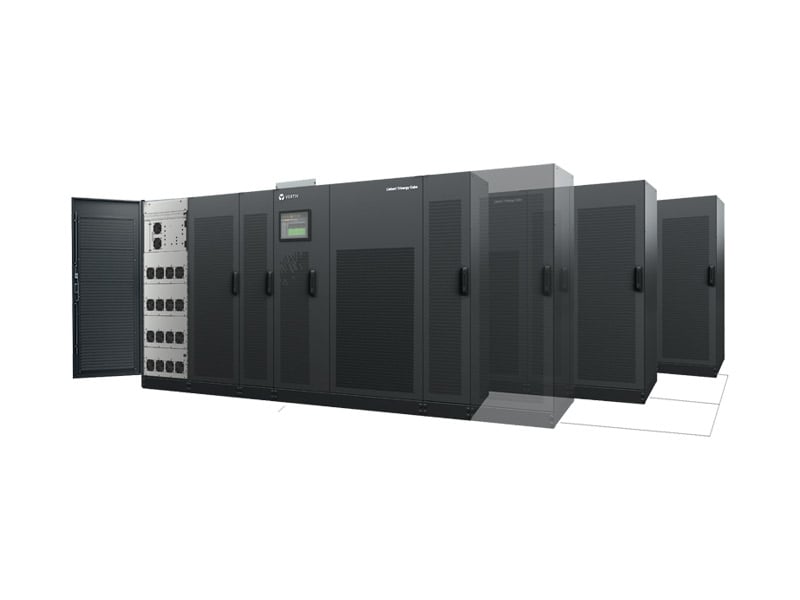Several large markets have rolled out ambitious infrastructure development and upgrade plans, including the United States, the European Union, and China, marking their positive impact on growth amid a post-pandemic recovery. Latin America shouldn’t be an exception. As the most urbanized region in the world, it has an important opportunity to boost innovation in its cities to make them smarter.
According to GSMA, IoT and smart city applications can “leapfrog late 20th century challenges and make the region a 21st century leader, generating substantial socio-economic benefits for citizens and businesses”. Further, the GSMA report, “The Mobile Economy Latin America 2021”, foresees 4G is to grow from 55% in 2020 to 67% in 2025 in the region; and by that same year, 5G will represent 12% of the total connections. In terms of IoT, it’s expected to reach a total of 1.2 billion connections in 2025, making revenues for about US $31 billion that same year.
On the other hand, the Inter-American Development Bank (IDB) determines a straight relation between development, bandwidth, and Information and Communications Technologies (ICTs). They established that a rise of 10% in broadband penetration in Latin American countries may cause an increase of 3.19% in GDP and 2.61% in productivity. Therefore, in its later Annual Report of the Broadband Development Index, the IDB highlights the urgency of modernizing the infrastructure of all Latin American subregions.
Smart-centric Investment
The United States’ historic Infrastructure Investment and Jobs Act alone involves investments of US $1 trillion. Beyond the traditional focus on roads and bridges, analysts predict 2022 will see a significant spike in the kind of “smart infrastructure” technologies that will lay the groundwork for greater efficiencies, sustainability, and long-term growth. According to Forrester Research, in its inform Predictions 2022, investments in smart infrastructure are slated to increase by 40%.
“To facilitate pandemic recovery, city planners will prioritize initiatives to provide citizens with internet connectivity, address public health and manage critical resources (e.g., water, power, lighting) using smart meters and predictive grid monitoring,” the Forrester report states. “Stakeholders will also harness insight captured from edge devices and IoT-enabled infrastructure to modify traffic patterns to reduce congestion, evaluate multimedia data to deliver insight for security applications, and/or combine 5G, vehicle-to-everything (V2X), and edge technologies to enable autonomous vehicles (e.g., container trucks, automated guided vehicles) in ports and airports.”
Technology acceleration and new ways of conducting business as a result of the Covid-19 pandemic are also opening the door to smart infrastructure outlays. Forrester notes that the last two years, for example, have boosted artificial intelligence (AI) innovation and adoption, though companies need speed and creativity to make AI work effectively. The research firm predicts 2022 will also see a large number of patents granted to creative machines, particularly after South Africa granted the first patent to a creative AI system in 2021. Other predictions include a rise in marketing technology spending and cloud-native adoption.
Roads, which have long been viewed as traditional infrastructure, are also expected to become smarter as they morph into an important data and communications platform. A December 2021 article in TechCrunch contends U.S. investments in smart roadways will spark an economic boom.
“As we rely upon, trust and relinquish more of our lives to technology, a growing number of transportation researchers and smart infrastructure providers are embracing creative new methods of improving safety, efficiency, and sustainability,” says the TechCrunch article, noting there are more than 4 million miles of public roadways in the US. “Smart roads are an obvious, accessible solution to transform infrastructure for the next generation of vehicles, people, and cities. Too often we invent new technology to improve old technology. Transforming roads into networks is a solution that enables technology.”
What’s Coming
Vertiv is ready to help companies meet the challenges and opportunities presented by this market trend. In our own 2022 predictions released last December, which focused on the need for greater sustainability, we noted the push for smart technology is already driving changes in the region’s data centers.
To manage the high demand for data processing of our Latin American users, Vertiv provides a variety of intelligent energy and air conditioning infrastructure solutions for small, medium, and large data centers.
Vertiv Smart Solutions offer efficiency, economy, interoperability, and control to any infrastructure strategy, allowing IT and facility assets remote management, hot air and cold air separation, cold air containment, high availability and high-efficiency precision cooling, space-savings, easier expansion, integrated monitoring and control and unique local service for design audits.
“2022 is a year to be bold. The old ways of working no longer work. The future is up for grabs,” Forrester Research concludes. “Leading firms will use the crucible of 2020 and 2021 to forge a path to an agile, creative, and resilient tomorrow.”
Vertiv solutions are helping customers navigate that path.






